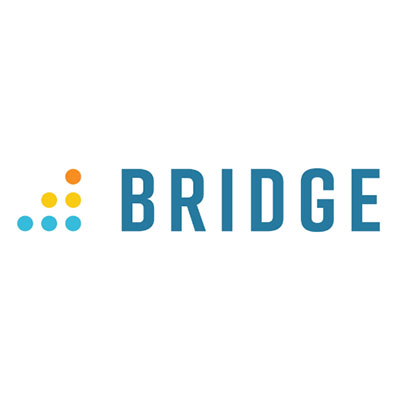ATD Blog
3 Employee Development Best Practices
Thu Jan 09 2020

I recently had the opportunity with ATD to host a webcast focused on deepening the employee experience. As attendees signed up for the webcast, they were polled on two questions:
1. Is employee development a strategic goal for you? 89.5 percent said yes.
2. What‘s most important to you at work? Growth opportunities and a clear career path were at the top of the list.
For me, the most interesting part of the session was when questions came in after my presentation. What advice did I have on implementing these best practices when institutional or cultural barriers get in the way?
Some thoughts I shared:
Be strategic in how you roll out your people initiatives.
Lead with data to help people understand that if we don’t invest in people and their growth, they’ll leave and tie your initiatives to business outcomes.
Don’t feel like you need to boil the ocean from the onset. Start small with an experiment and get organic growth as people become invested in what you’re doing.
Here are some other best practices for better connecting our learning and development programs to create deeper employee experiences:
1. Use structured conversations to discover what drives your people the most.
Structured conversations help you better understand what drives people and what really matters to them. These could be a checklist, agenda, script, or pattern that helps people work through a conversation that might be difficult—conversations that otherwise might be emotionally charged or personal, or deal with complex information or processes.
To help managers, we developed a set of career drivers cards for this purpose. The goal: to provide tools for a structured and meaningful career development conversation. Going through this exercise, employees first prioritize their unique career motivators then discuss how well each driver is being fulfilled in their current role. This provides managers with an empathetic view of where a person is and what drives them then highlights areas that are not working and should be addressed.
2. Identify and provide opportunities to grow toward their Career Everest.
When you give employees an opportunity to dream and talk about where they want to go in a safe way, they set out their vision or “Career Everest.” Knowing that vision helps take learning to a new place. This is not about programs or certifications but what their vision is for their careers. Knowing this Career Everest provides the context that makes the learning content meaningful, relevant, and actionable.
To put this into practice, you can use the career drivers cards or other structured conversation tools to help employees identify their long-term vision and identify the skills they need to get there. This allows the opportunity to have conversations about which skills will help them improve in their role now, and that are also part of their long-term vision. It’s these types of growth conversations that drive higher performance and better engagement as your employees feel you’re invested in them and their vision for where they’re going.
3. Offer feedback in an environment of psychological safety.
Asking, “Can I give you some feedback?” usually inspires fear or panic. But it doesn’t have to feel that way. Psychological safety comes when team members feel they can take risks and be vulnerable with each other. It doesn’t happen overnight, but it’s crucial for successful teams according to Google. What are the conditions that drive connection and drive this safety?
There are several things managers can do to facilitate psychological safety, including:
inviting participatory leadership: giving people a say in the priorities for their teams
providing opportunities for autonomy in the things people own
defining individual roles or role clarity—what is the team depending on me for?
warm regard (teams that spend time together and have fun together).
Employee check-ins are the ideal platform for psychological safety and feedback to take place. Using a shared agenda provides transparency that goes a long way in building trust.

